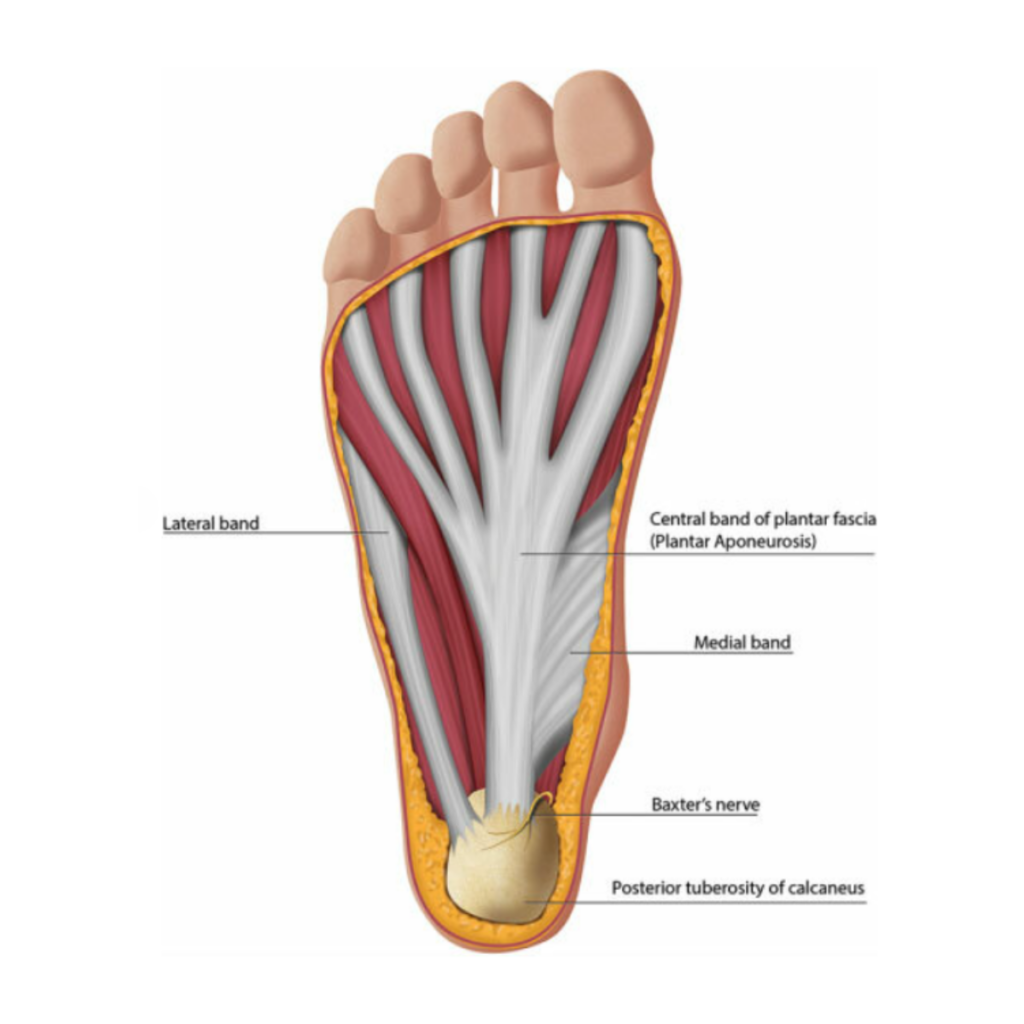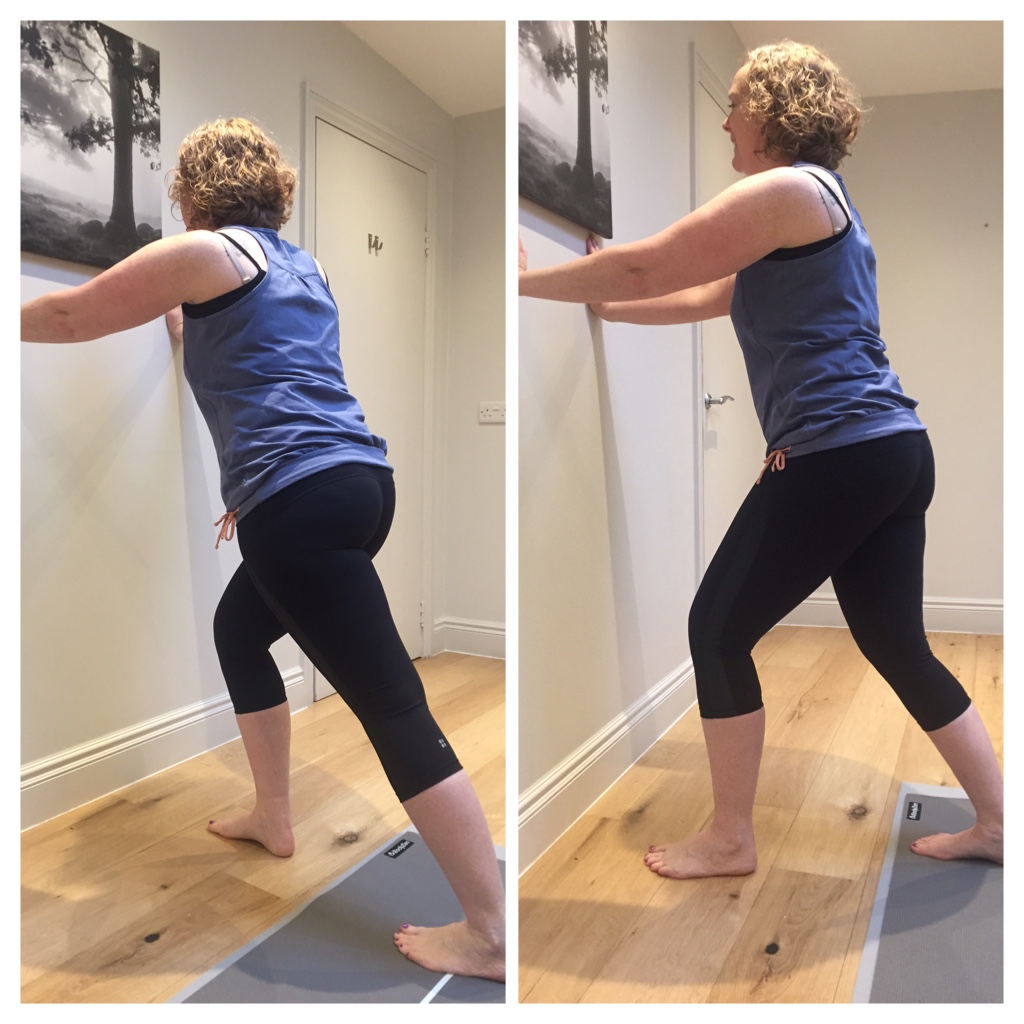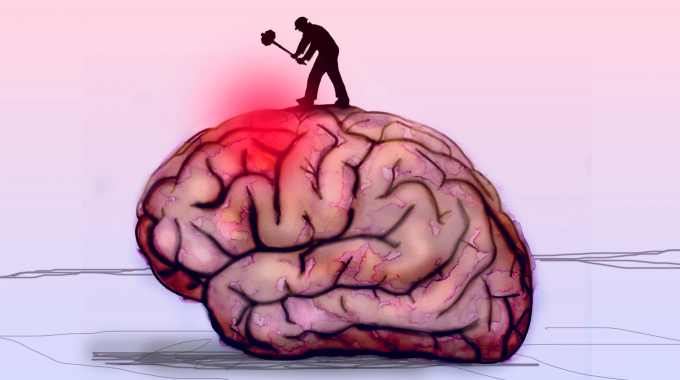Migraines and Chiropractic Migraine Awareness Week 22-28 September - I see many patients in clinic…

Plantar Fasciitis
Understanding Plantar Fasciitis
Plantar Fasciitis (PF) is a common disorder and although people don’t generally visit a Chiropractor solely (see what I did there?) for the purpose of PF treatment, it is often mentioned during an initial history taking or when we check in at the start of every session.
The reality is that the feet are the base of your body, if you have a complication or pain in your feet, it will affect the way you stand and walk and this can in turn affect the rest of the body.
What is Plantar Fasciitis?
Plantar fasciitis involves the tightening and sometimes inflammation of the connective tissue (fascia) on the soles of the feet. This condition develops as the fascia pulls against its attachment to the heel bone, resulting in micro-tears and irritation. It’s classified as a repetitive strain injury (RSI) because symptoms tend to accumulate gradually over time until they become painful.

Symptoms of Plantar Fasciitis
The hallmark symptoms of Plantar Fasciitis include:
- Pain with Walking: Especially noticeable during the first steps after waking up or after prolonged periods of rest.
- Heel Pain: Often a sharp or stabbing sensation under the heel.
- Difficulty Putting Weight on Feet: Particularly challenging in the morning or after prolonged sitting.
Causes of Plantar Fasciitis
Several factors contribute to the development of Plantar Fasciitis:
- Biomechanical Issues: Flat feet, high arches, or abnormal walking patterns (gait abnormalities) can strain the plantar fascia.
- Occupational Factors: Jobs that require prolonged standing or walking on hard surfaces.
- Physical Activities: Running, dancing, or activities that repeatedly stress the heel and foot.
- Age and Weight: Middle-aged individuals and those who carry more weight are more susceptible.
How to Manage and Heal (again – see what I did?) your Plantar Fasciitis
While complete rest is ideal for healing, it’s often impractical. However, managing PF involves strategies to alleviate symptoms and promote recovery:
- Rest and Reduced Weight-Bearing
Reducing unnecessary weight-bearing activities is crucial for allowing the inflamed tissue to heal. This short-term adjustment can prevent exacerbation of symptoms.
- Foot Massage and Stretching
Massage techniques aimed at stretching the plantar fascia can relieve tension and reduce inflammation. Using a frozen water bottle to roll under the foot provides both cold therapy and gentle massage, offering effective relief for many individuals.
- Calf Stretches
Since the calf muscles anatomically connect to the plantar fascia, stretching the calves regularly can alleviate tension and reduce strain on the fascia. Two effective stretches include:
- Gastrocnemius Stretch: Stand with one leg behind the other, keeping both heels flat on the ground. Lean forward, bending the front knee until you feel a stretch in the calf of the back leg.
Soleus Stretch: Similar to the gastrocnemius stretch but with a bent back knee to target the deeper soleus muscle.

Chiropractic Treatment for Plantar Fasciitis
Chiropractors offer a range of treatments to address PF and its underlying causes:
- Fascial Release: Techniques to release tension in the plantar fascia and surrounding tissues.
- Joint Adjustments: Adjustments to the ankle and knee joints can improve alignment and reduce stress on the plantar fascia.
- Exercise and Stretching Advice: Tailored exercises to strengthen supporting muscles and stretches to maintain flexibility and reduce recurrence.
Preventative Measures
Preventing recurrence of PF involves ongoing care and attention to foot health:
- Proper Footwear: Supportive shoes that cushion and support the arches can alleviate strain on the plantar fascia.
- Gradual Increase in Activity: Avoid sudden increases in physical activity to prevent overloading the feet.
Plantar fasciitis is a common condition that affects many individuals, impacting daily activities and overall mobility. By understanding its causes, symptoms, and effective management strategies, individuals can take proactive steps to alleviate pain and promote healing. Chiropractic care offers valuable treatment options to address PF comprehensively, focusing on both symptom relief and long-term management.
To book a consultation, get in touch.




Comments (0)